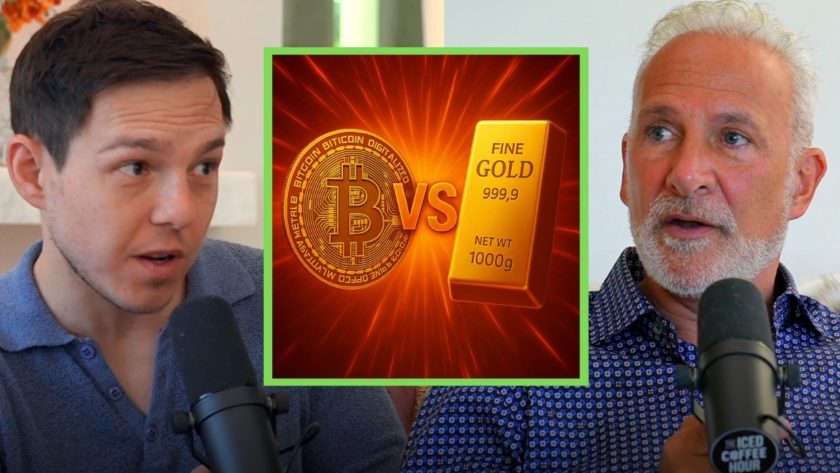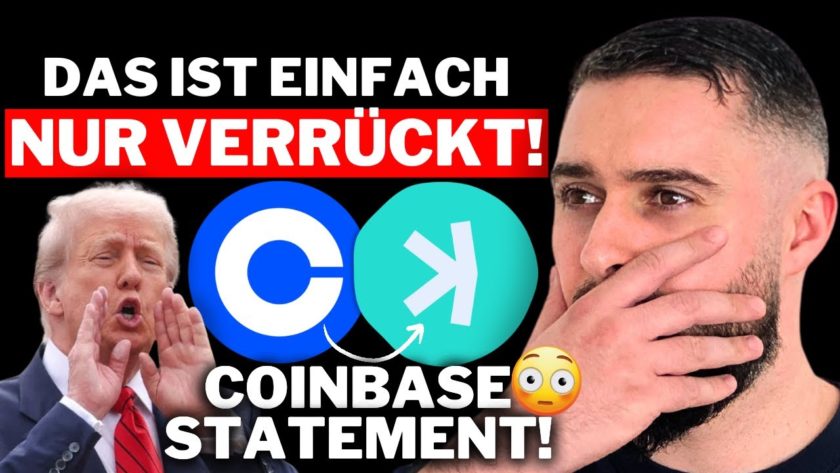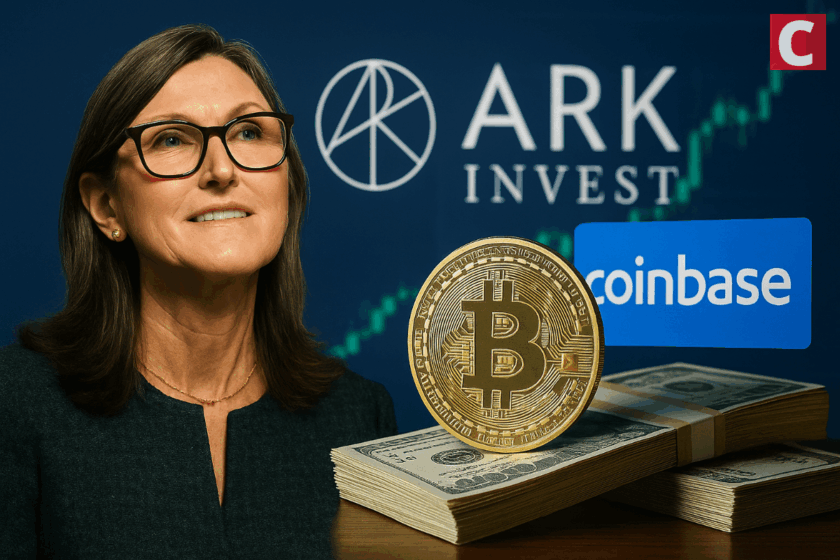Non-fungible tokens (NFTs) are all the rage these days in the crypto world, as everyone who follows it knows that NFT development is lucrative. We’ve talked about this topic before, notably in relation to NFTs that serve as tokens for works of digital art and the best NFT to buy.
As digital assets and blockchain technology continue to be pushed to their limits, a new concept has emerged recently that has the potential to further disrupt and transform the digital art market as well as the digital asset market in general – Fractionalized NFTs.
In a blockchain network, NFTs give authenticity and ownership of real-world goods. At any given time, each NFT must have only one owner, and no two NFTs are alike. In this blog, ChainTechSource, an efficient NFT development company, will bring some in-depth information about fractionalized NFTs and how you can invest in them.
What are Fractionalized NFTs (F-NFTs)?
NFTs are unique and have just one owner at any given moment. As a result, the notion of F-NFTs was born, allowing NFT owners to manufacture tokenized fractional NFTs and share asset ownership with others. A high-value asset, such as real estate or a luxury yacht, is sometimes out of reach for the average person. This is where F-NFTs come into play, allowing users to invest a modest amount of money to earn fractional ownership of a high-valued asset and the best NFT project to invest in.
Anyone can possess a high-value asset at a reasonable cost thanks to fractional NFTs. To fractionalize a purchase on Ethereum, for example, the NFT owner divides the ERC-721 token into numerous ERC-20 tokens. As a result, each ERC-20 token represents a percentage of the asset’s NFT.
Advantages of Fractionalized NFTs
Fractional ownership has ushered in a revolution, expanding the NFT sector’s boundaries and providing more people with the best NFT to buy. The following are some additional advantages of NFT fractionalization:
Price Assessment:
One of the most significant benefits of F-NFTs is that they can assist you in swiftly determining the market value of the NFT. Let’s say you have digital artwork and want to know how much it’s worth. Simply fractionalize the NFT and sell 10–20 percent on the open market.
Increased Liquidity:
Since F-NFTs can split the ERC-721 token into many ERC-20 tokens and sell each token individually, NFT fractionalization eliminates the liquidity difficulties that come with NFTs and NFT development. As a result, the asset might create a lot of interest and solve the liquidity problem to a great extent.
Equalizing Investment:
Small and medium investors have been primarily discouraged from engaging in NFT auctions due to the NFT market. However, the introduction of fractionalized NFTs has increased the number of chances available to small and medium investors in the NFT market with the best NFT project to invest in, which were previously only available to a select few.
Curator Fees:
The curator fee is paid annually to the original NFT owner who divides the NFT into fractionalized NFTs. While the NFT owner can establish and amend the curator charge, the cost is capped at a maximum price determined by the governance to avoid excessive fees.
How to Invest in Fractionalized NFTs?
Art:
NFT owners and digital artists can easily split their NFT into many F-NFTs and sell individual F-NFTs to investors making them the best NFT to buy. Emerging artists can use this method to sell their digital artworks quickly on the market.
Gaming:
The NFT market for trading game cards is enormous. Rare pokemon cards, such as Charizard, for example, are the best NFT project to invest in as they can fetch astronomical sums. Consider the possibility of selling all of your in-game items, such as rare skins, firearms, and armors, through F-NFTs. By fractionalizing and selling your rare item to several people, F-NFTs can assist you in selling it.
Collectibles:
The collectible market is also massive, as evidenced by memorabilia like crypto kittens that have sold for over $1 million. A collection of 50 CryptoPunks was fractionalized and placed up for sale recently. Previously, they were only available at astronomical costs; however, fractionalization allows even a tiny investor to purchase a portion of the 50 CryptoPunks collection – some of the best NFT to buy.
Real Estate:
F-NFTs have the potential to play a significant role in the real estate business, as they allow consumers to easily purchase a piece of premium property that was previously unavailable. A high-priced luxury property can be fractionalized into numerous F-NFTs, allowing multiple investors to participate in the F-NFTs. It will also eliminate the need for mortgages to purchase a home because tenants would be able to keep parts of the home together.
Music:
The concept of NFTs and F-NFTs is causing quite a stir in the music industry. The significant revenues in the current streaming model are shared by the record labels. Artists can use F-NFTs to fractionalize their albums and sell them directly to their fans without the use of middlemen. It may be possible to overcome an age-old problem of the direct artist-to-fan contact to a considerable extent using fractionalized NFTs.
Conclusion
Fractional ownership is not a brand-new notion. Complete ownership of high-value tangible assets such as real estate, private aircraft, and other high-value tangible assets is nearly impossible for retail investors to achieve without draining a significant portion of their life savings.
Asset fractional ownership has made this more accessible since small-time investors can now own a portion of an asset with the potential to deliver many-fold returns in the near future. Similarly, until now, the ownership of NFT-based assets has stayed intact in the DeFi universe.
As stated in this article, fractionalized NFTs serve to alleviate this problem while also providing investors with several benefits. Furthermore, it will inspire more people to begin their NFT investment adventure, since they will no longer require thousands or millions of dollars to invest in a well-known NFT piece.



